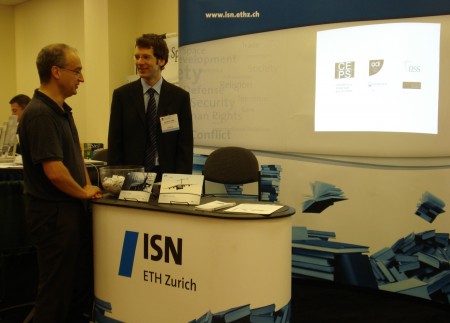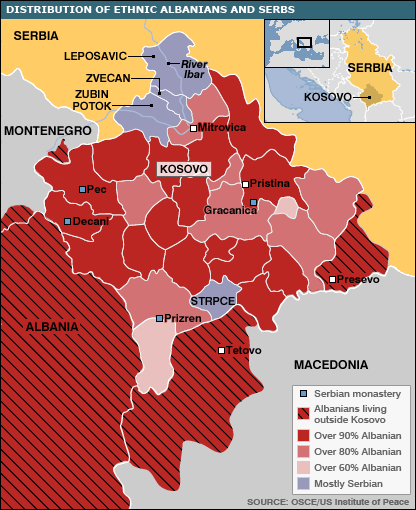
The program of the American Political Science Association‘s (APSA) 2010 Annual Meeting & Exhibition is 400 pages thick. It features hundreds of panels, plenaries, poster sessions and workshops covering topics from women and political research to international security and arms control.
More than 90 exhibitors populate the halls of the Marriott Wardman Park Hotel in Washington, DC. Among publishing houses and research institutes present there is also the ISN. We explain our services, talk to old acquaintances and discuss future partnerships. This is where the International Relations and Security Network really becomes tangible and personal.
I decided to start the day with a panel. Overwhelmed by the choice, one topic caught my interest: The Future of Blogging. Does political blogging have a future at all? Haven’t blogs been replaced already by still newer media such as Twitter, which require less time and allows for more instant communication?
Seven experts, political scientists as well as long-time bloggers talked about their research and experience, but didn’t quite manage to tell the future of blogging. Three ideas I picked up:
- Even though the Obama campaign managed to raise millions of dollars with its social media strategy, the Obama administration was disappointed about how little money it got through its health care reform campaign. This disappointment shows that the power of social media in politics had been overestimated.
- Blogs seem to be a very popular tool among the political opposition (progressives before Obama’s election, conservatives now), but not so much within the ruling camp. They are a medium for political criticism and protest.
- Two interesting developments can be observed in the US: Politicians are hiring staff to manage their ‘blogger relations’; politicians invite bloggers to press conference-like events, where they ask questions and are expected to kick-off fundraising campaigns.
If you happen to be at the APSA Annual Meeting visit us at booth 1102 in Exibit Hall B at the Marriott Wardman Park. We look forward to meeting you.



